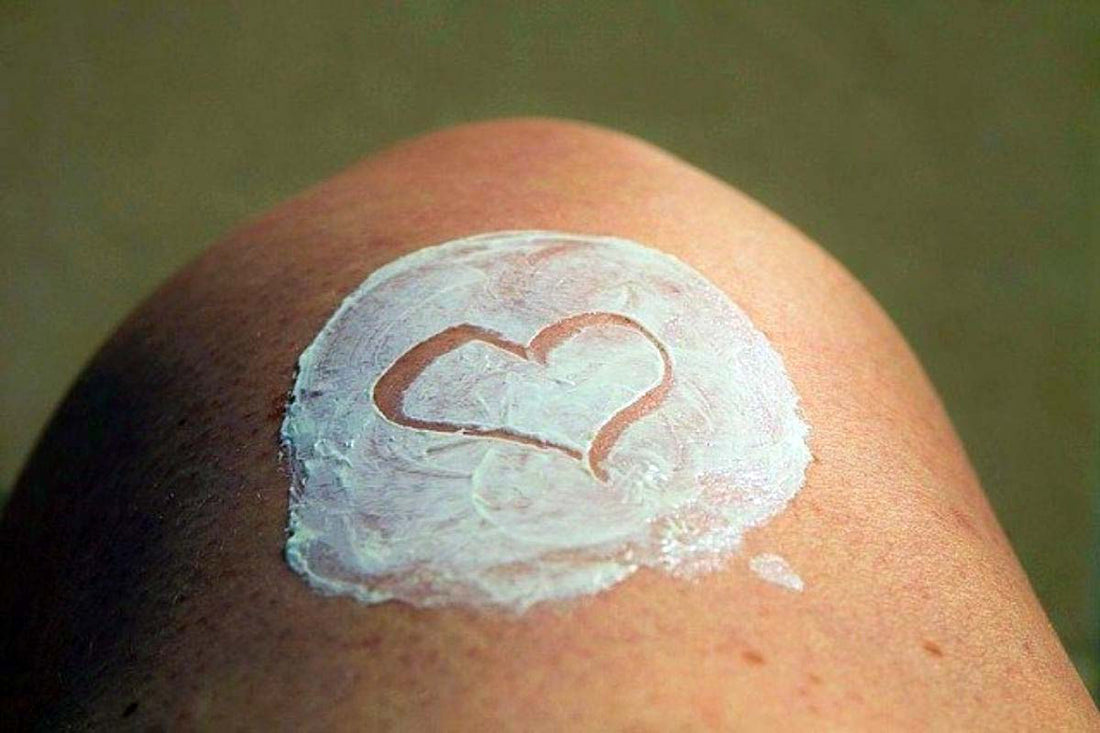
How to Improve Skin Elasticity
To improve your skin elasticity, it’s important to first define what’s meant by this commonly-used term. Skin elasticity refers to the skin's ability to stretch out of place and then quickly return to its natural shape and positioning. The loss of this trait is a natural occurrence that comes with aging. Factors like the reduced hormones of menopause and natural loss of collagen can cause what’s referred to by aestheticians as elastosis.
Besides aging, there are several other factors that can accelerate the effects of elastosis, something to consider if you’d like to take better care of your skin. Causes include sun damage, poor nutrition, smoking, alcohol, tanning beds, some medications, and many others.
Despite elastosis typically being a natural occurrence, there are several ways to improve your skin's ability to bounce back and restore youthful elasticity.
Tips for Improving Skin Elasticity
There are several tips and skincare tactics you can add to your routine to improve your skin’s elasticity. This guide will outline just a few of the many techniques you can try.
Collagen Supplements
The first tip is the addition of collagen supplements into your daily routine. Collagen is a natural protein found in skin tissues. By adding it into your regimen, you will likely see an improvement in skin elasticity as quickly as four weeks.
Retinol and Retinoids
Both retinol and retinoids, although different in some ways, are proven to successfully aid in the loss of skin elasticity. Retinol can be found in many over-the-counter skin care products while retinoids are found in prescription medications.
Retinol, when used in products combined with vitamin C, is known to improve declining skin elasticity. Retinoids work to increase collagen production in a more isolated way than retinol, while boosting skin elasticity.
Laser Treatments and More
Consistent with the previously discussed treatments to fight against elastosis, laser treatments can also be used to encourage the production of collagen in the skin. Certain laser treatments, like our Time Eraser Anti Aging Facial, use technologies designed to boost collagen during treatment and include improved skin elasticity in their long list of benefits.
In addition to laser treatments, other options include microneedling procedures that naturally lead to increased production of collagen in the skin. Another alternative treatment is radio frequency used to tighten the skin. A radio frequency facial uses heat to induce the skin to produce a heightened level of collagen.
Some Easy, Every Day Tips and Tricks
In addition to the skincare routine adjustments and additions that you can make to improve skin elasticity, there are also some simple, every day general wellness and self care tools you can use to more naturally reduce this visible sign of aging.
Regular exercise is a great tool to minimize the natural effects of aging and to improve your general health in a multitude of ways.
Exfoliating your skin regularly is another skin care regimen consideration to improve the effects of elastosis. This will help decrease dead skin cells and increase the thickness of skin to naturally improve elasticity.
Decreasing stress is also highly important to minimize elastosis. Stress hormones like cortisol naturally reduce and break down collagen that is being produced.
Good sleep and staying hydrated are a few more tips to naturally improve skin elasticity. Ultimately though, there are countless ways to improve this naturally occurring side effect of aging. With a little bit of extra effort and care, avoiding increased elastosis can be made simple.
